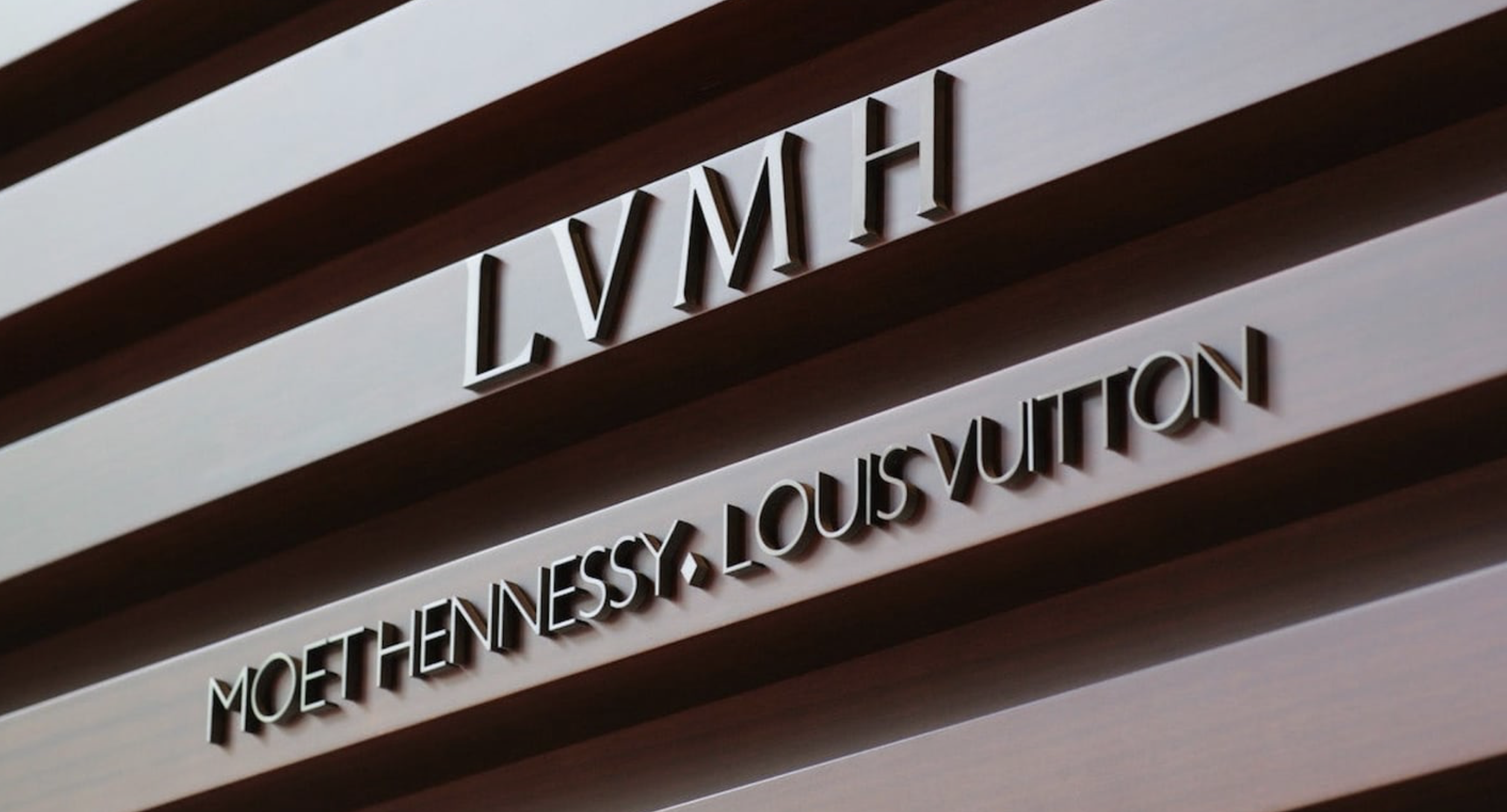HSBC Report Insights | Exploring LVMH’s Potential Strategic Pivot - The Sephora Spin-Off and Dior’s Resurgence
As we delve into the recent shifts in the luxury landscape, HSBC’s new report on LVMH Moët Hennessy Louis Vuitton offers insights into potential strategic moves that could reshape the conglomerate. Central to this discussion is the possibility of LVMH slimming its vast portfolio, particularly through the spin-off of its fast-growing yet margin-capped retail business, Sephora.
Sephora, a “category killer” in its domain, faces limitations in profitability as a retailer. While not immediate, HSBC hints that divesting Sephora, along with the underperforming DFS, could simplify LVMH’s operations, potentially boosting shareholder value. This strategic simplification would allow LVMH to focus more intently on its core luxury sectors—fashion and leather goods, along with watches and jewelry—streamlining its identity and possibly enhancing its market valuation.
In parallel to these considerations, Dior emerges as a beacon of positivity within the LVMH portfolio. Despite the recent upheaval following Kim Jones’ departure and rumors swirling around Jonathan Anderson’s potential arrival, Dior’s new D-Journey bag, introduced at the Spring 2025 show, signals a promising direction. This product debut has notably contributed to stabilizing the brand’s sales forecasts for 2025, with HSBC revising its outlook from a decline to flat growth at constant exchange rates.
Moreover, the report touches upon another LVMH segment under scrutiny—its wines and spirits division. With societal shifts towards lower alcohol consumption among younger demographics and certain funds avoiding exposure to alcohol-related stocks, this division might also be a candidate for future separation as LVMH continues to refine its focus.
As LVMH potentially moves towards a more concentrated luxury portfolio, the luxury giant’s ability to adapt and refine its business model in response to changing market dynamics and internal efficiencies will be crucial in sustaining its leading position in the global luxury market.
